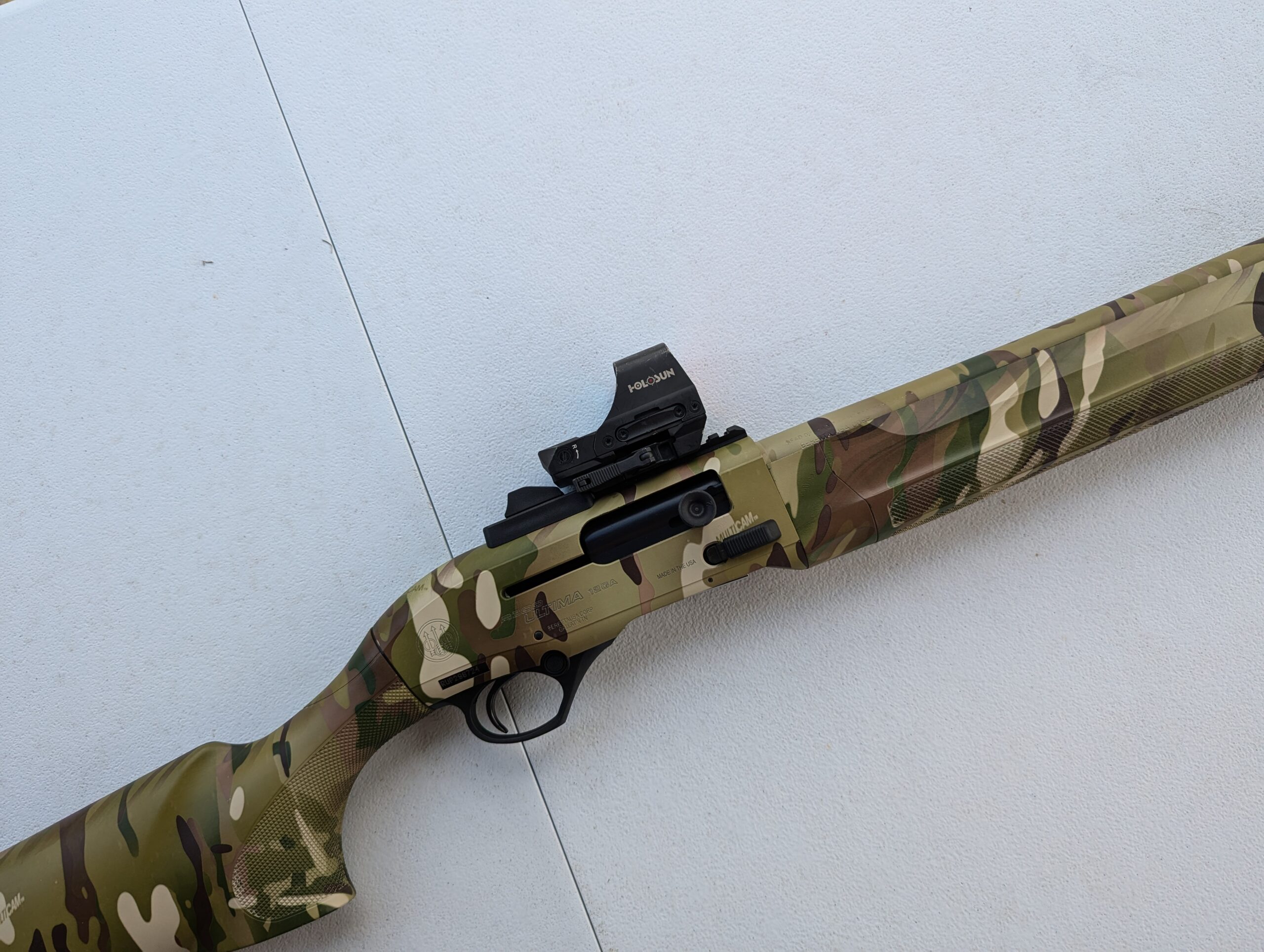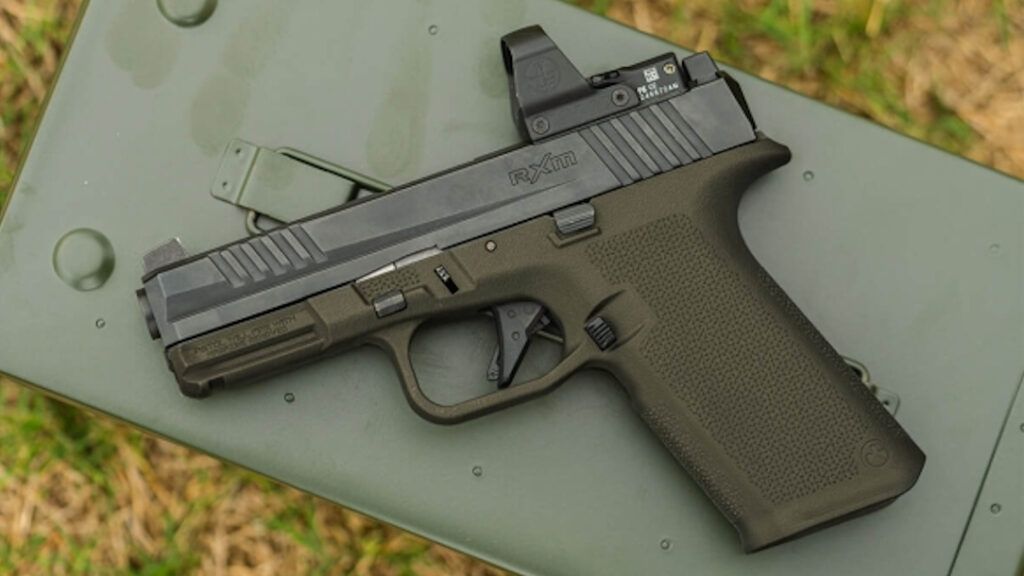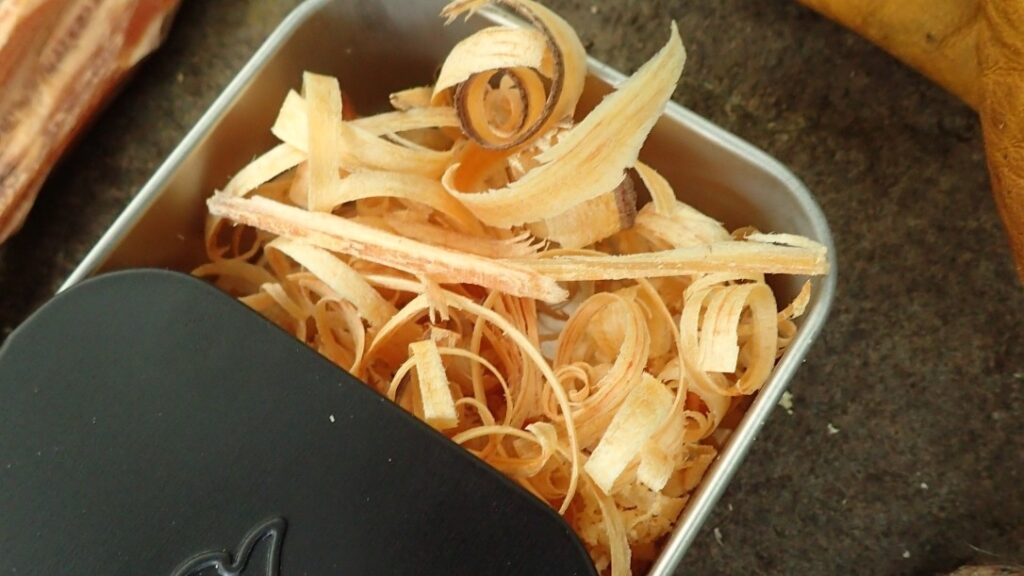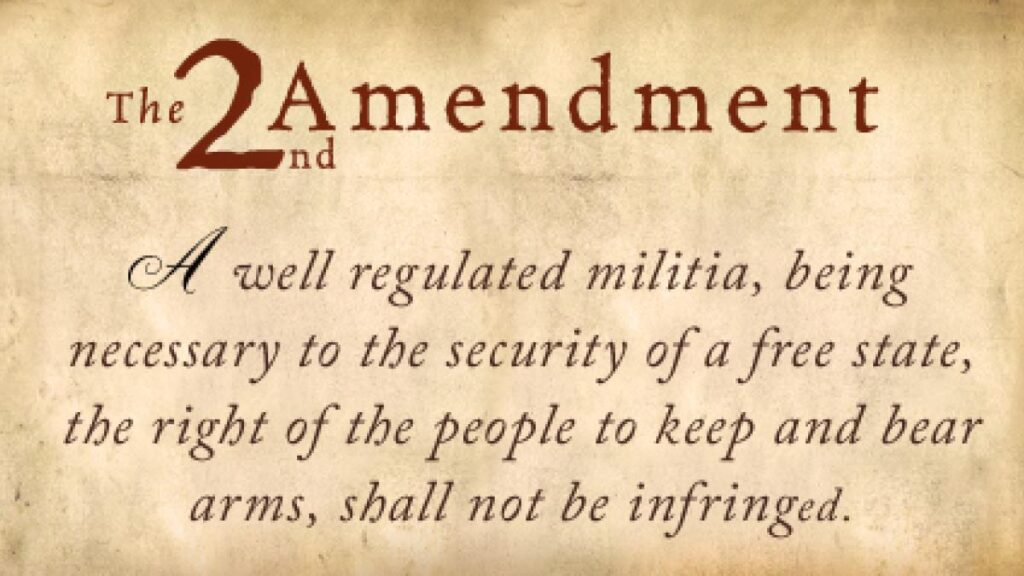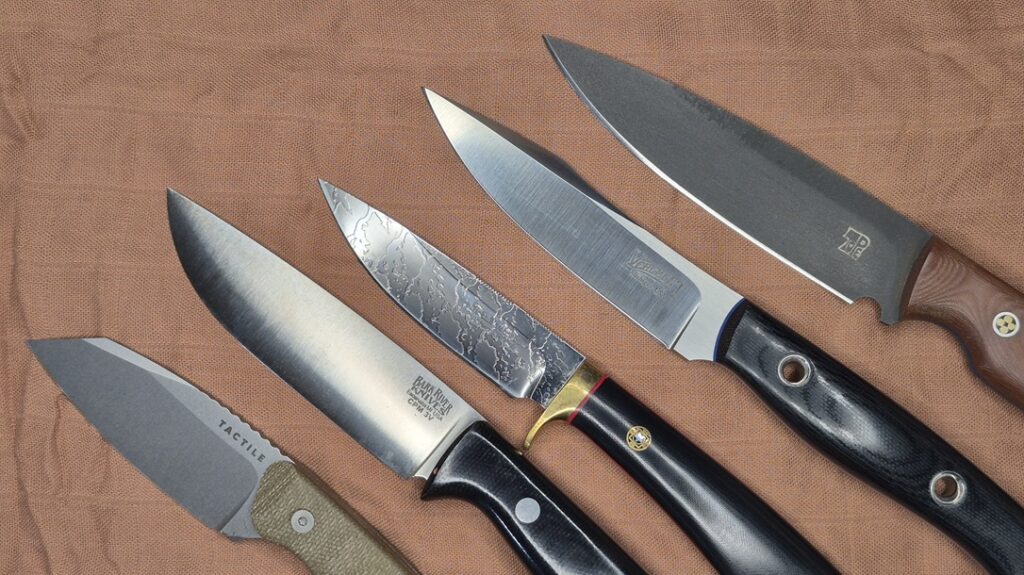Social media gives me ideas for articles all the time. I don’t go looking, but rather, I get to see things that people are doing that aren’t always advisable. A recent thread on a shotgun group brought up the subject of red dots, and I saw several shotguns wearing full-sized red dots. I don’t want to be a jerk, but a big, full-sized red dot on a shotgun is a silly idea. When I say full-sized red dots, I mean anything larger than an Aimpoint T-2.

Today, we will discuss why you shouldn’t use a great big, full-sized red dot on a shotgun.
Advertisement — Continue Reading Below
What’s the Problem With Full-Sized Red Dots On Shotguns
There isn’t just one problem with full-sized red dots on shotguns. There are three problems that are almost entirely exclusive to shotguns. With that in mind, this article is about standard shotguns. If you have an AR-type shotgun, a bullpup monstrosity, or something just odd, these might not be your problems. If you’re using a Mossberg 500, a Beretta 1301, or something like that, strap in and pay attention.
Port Loads Get Limited
A big red dot gets in your way when it comes to emergency port reloads. A port reload is what happens when everything has gone to hell, and you’ve emptied your shotgun but need to fire another round. With this reload, the ejection port is opened, and the user is shoving an emergency round into the gun.
The shooter closes the action and can now fire the round. Port loads can be done one of two ways: over the top or under the receiver. With pump guns, I go under the gun because it’s more natural to find the pump and get the gun running.
Advertisement — Continue Reading Below

I go over the top with a semi-auto because it’s naturally faster from a side saddle for me. Environmental factors can force you to use one method over another.
When you go over the top, a full-sized red dot gets in the way. It’s just a big block in your way, making it difficult to get the round in the chamber and get the gun firing. You can always go under the gun unless the environment doesn’t allow you to do so.
Advertisement — Continue Reading Below
Your Head Sits High On The Gun
Standard shotguns have standard stocks, and they don’t use an inline stock system like an AR. This means when you use a full-sized red dot with a shotgun, your cheek leaves the stock, and your head floats a bit above the shotgun’s stock.
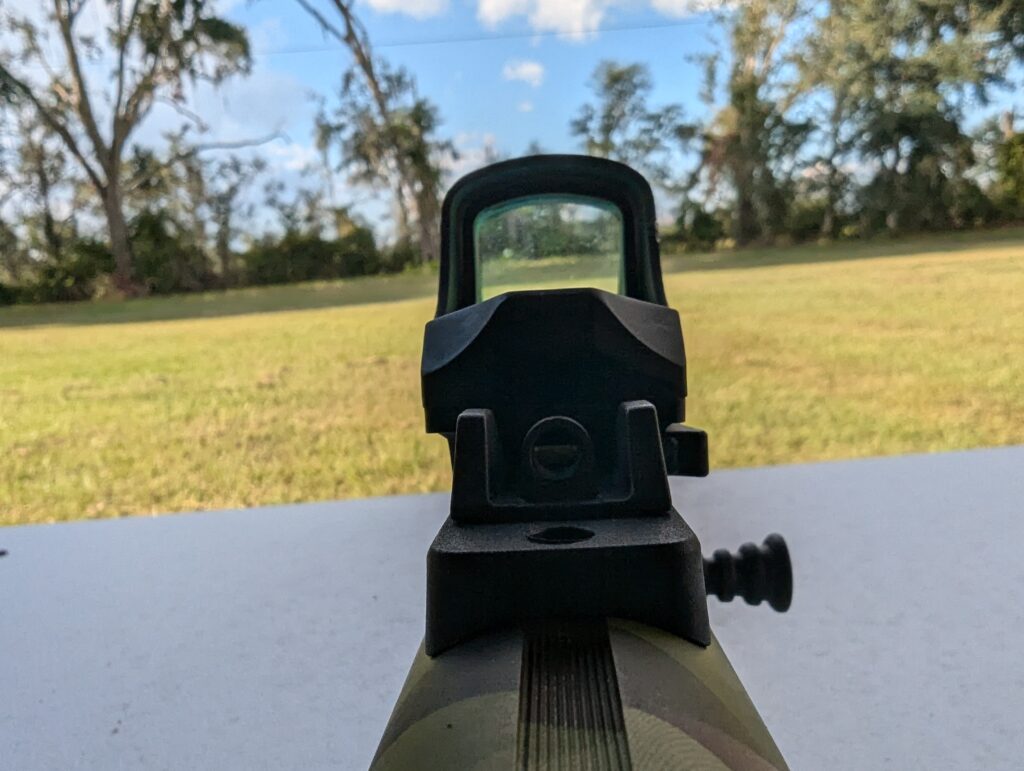
This causes us to have two problems at once. First, you can’t get a good cheek weld on the gun. If you can’t get a good cheek weld, you can’t get a quick and consistent sight picture. Since shotguns dominate close-quarter’s use, you want as much speed as possible.
Advertisement — Continue Reading Below
The second problem comes down to recoil and pain. If your head is floating and your cheek weld is a chin weld, the gun will start to beat you up. You want your head low and against the stock, not floating and getting a slight jab with every trigger pull.
Height Over Bore And Shotguns
Let’s remember that shotguns really dominate that zero to twenty-five-yard range. That’s extreme close quarters, and at close quarters, you want your shots to hit where you’re aiming. If you use a full-sized red dot that sits a bit high on your gun, you’re going to run into height over bore issues.
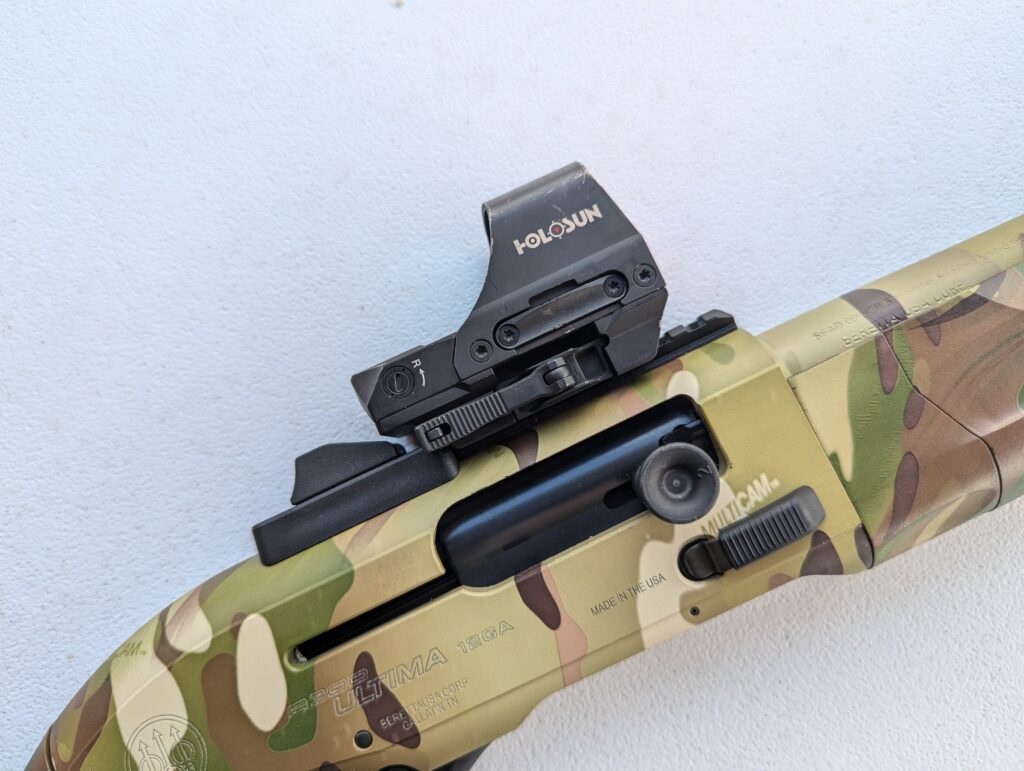
Advertisement — Continue Reading Below
This is a real pain with modern loads like Federal FliteControl, which hit more like a slug at close ranges. We want the rounds to hit exactly where we are aiming with shotguns. Trying to come up with a hold for a shotgun just seems silly.
What’s The Best Size For a Shotgun Red Dot?
I stick to pistol-sized red dots. The largest I’d use is an Aimpoint T-2/H-2 in a low, shotgun-specific mount. I find pistol-sized dots to be perfect, and with the right mount you can still co-witness with your iron sights. Short, small, and sitting low is best for a shotgun sight. If you can, avoid full-sized red dots on shotguns. With the gauge renaissance, many optics and mounts are well suited for the modern shotgun.
